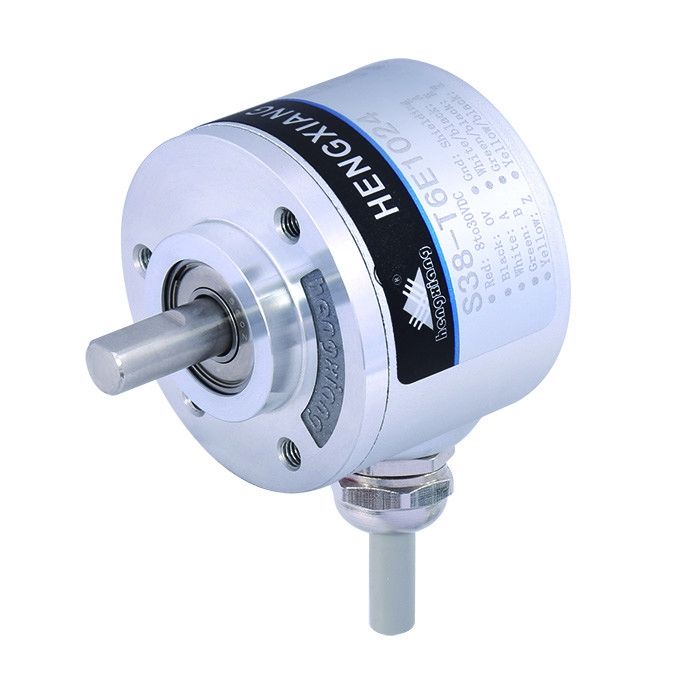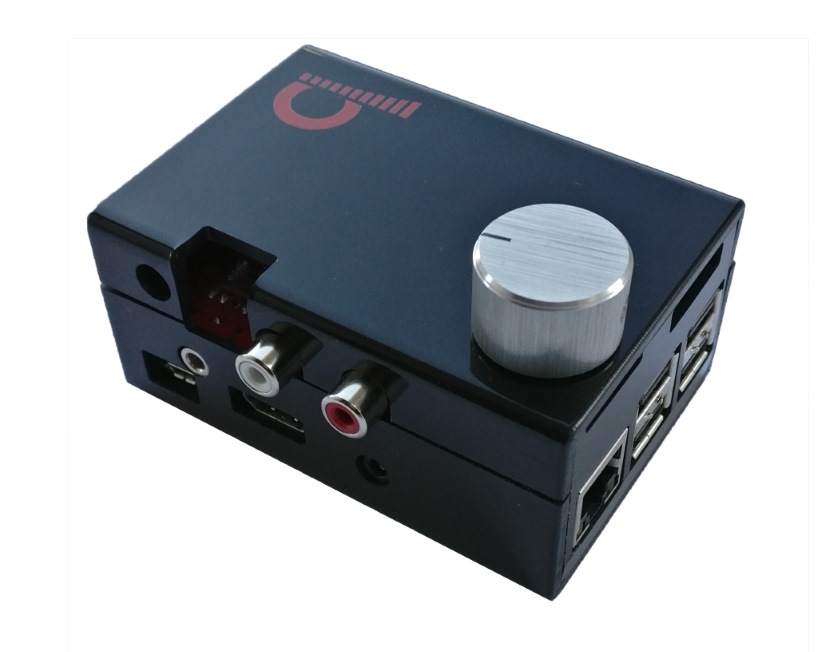

I used an Adafruit Pi Cobbler kit to connect my Pi to the breadboard, to make it easier to wire up the GPIOs to the control components. You can see what my efforts look like in the picture below. Inspired by these strong steps forward, I decided to try driving JiveLite via controls attached to the Pi via GPIO pins. The latter I used to modify one of the screen-savers, so it would turn off the LCD backlight when active to save some power. I also added some extras – the necessary user interface data files for the small size LCD, the ability to turn off the mouse pointer for touch screen use, and the ability to control GPIO pins from the Lua script. Hopefully I can persuade the originators to consider taking some of these back into the main repository. I’m jumping ahead a bit here… I’ve now fixed these issues in a clone of the original codebase, and made it public. It turned out that JiveLite had a few issues – some minor ones arising from using a very small display, some in the build configuration files and a crash when navigating music collections (e.g. Fortunately others had been there before me, so that didn’t take long – and with a little extension to the settings, I also got JiveLite to respond to the touch screen.
The next challenge was to get it working with the little 2.8″ LCD.

With a little digging and interpretation of the available instructions, I built and ran it on my Pi connected to a conventional LCD monitor via HDMI. This is a very fully featured app, written in a mixture of C and Lua with full source available, that runs on Linux. It was through these resources that I discovered JiveLite, Squeezebox controller software created by members of this community. I think that stems from the company’s very open approach, with a wiki and forums that are still very active today – despite the company’s assimilation into Logitech, and the discontinuation of its devices.

There’s a great community that has grown up around Slim Device’s Squeezebox products.


 0 kommentar(er)
0 kommentar(er)
